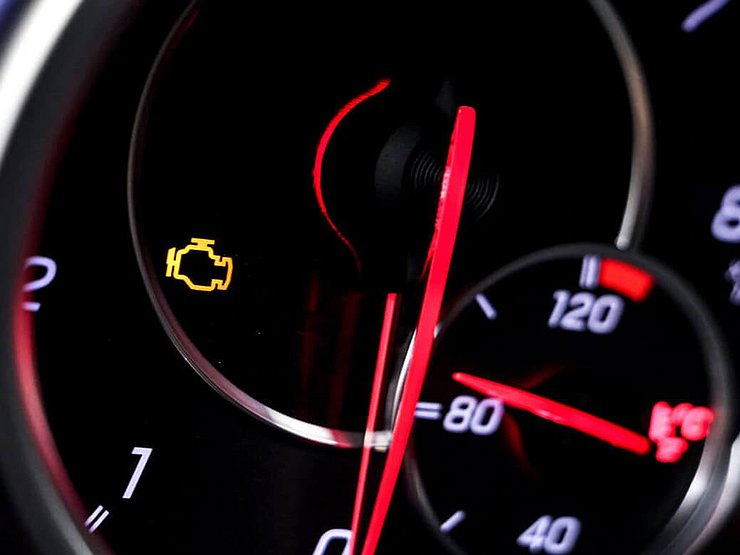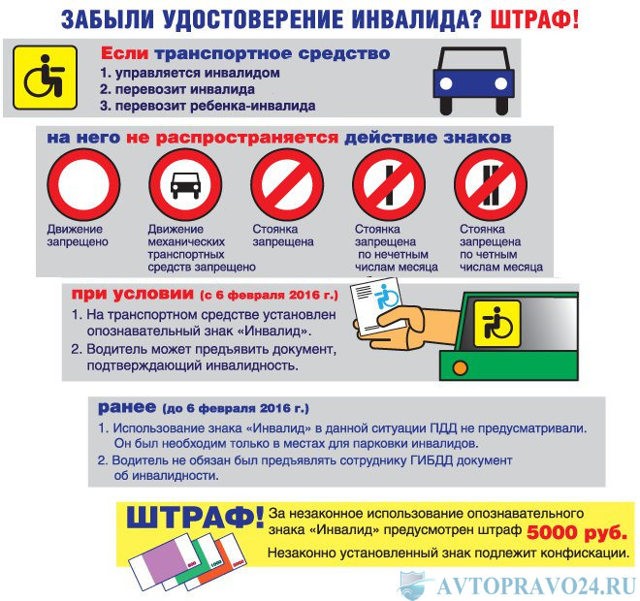
Demystify the Check Engine indicator
Content
Your car's Check Engine Light can mean a lot. The Check Engine light comes on when your vehicle has an electrical or mechanical problem.
There is one little yellow light that strikes fear into the heart of every driver. It casts a shadow of doubt over your entire car. Will it be something simple or will the repair bill put you in debt?
The Check Engine light has long puzzled drivers with its vague warning. When it lights up, it's not clear whether you should keep driving or have your car towed. Here's everything you wanted to know about the Check Engine indicator:
What does the Check Engine indicator do?
The Check Engine indicator has one purpose: to let you know when you have a problem. It's all. He doesn't tell you what the problem is; a technician will need to perform a diagnostic scan to check the affected system. It only indicates that something is not working properly.
The Check Engine light is also known as a fault light. It has the shape of a motor and is yellow in color. Most vehicle systems perform self-tests under certain operating conditions and the results are reported to the appropriate control modules. If the self-test fails under certain parameters, the Check Engine light on your vehicle will come on. It could be an engine, transmission or emissions system that failed the test.
What does the Check Engine indicator mean?
The Check Engine light can come on in two different ways: solid or flashing. They mean two different things.
If the engine light comes on and flashes, this indicates an immediate problem. You need to find a safe place to stop and turn off the car. You might consider towing it to a store. A technician should diagnose the problem as early as possible to prevent damage to your vehicle. A flashing Check Engine light is a serious matter.
If the engine light is on all the time, this may still be cause for concern, however, this should not immediately cause fear in your heart. A constantly lit Check Engine light could mean something like a loose gas cap, or indicate a deeper issue such as a fuel, timing, or transmission issue. Get your car diagnosed, although the urgency is not as urgent as if your lights were flashing.
Common Reasons Why the Check Engine Light Comes On
The cause of an engine fire may be the risk of a catastrophic failure or something requiring immediate attention, or it may be nothing at all. Because the vehicle's systems are performing a self-test, it is possible that the test fails and the check engine light comes on and the next test passes. The Check Engine light may not turn off once it passes, and it may not even turn off until a technician clears the code, even if no repair is needed at all. Common causes for the Check Engine light to come on are:
- Gas tank cap was left open while refueling
- Emission-related sensors such as oxygen sensors have failed
- Problems with engine timing, most often with variable valve timing.
- Transmission Fault Codes
- Engine misfire codes
- Problems with the catalytic converter
There are literally dozens, if not hundreds, of other reasons why the Check Engine light comes on. If it is lit, check it appropriately. Do not take unnecessary risks if you feel that the vehicle is not working safely. Have your vehicle towed to a workshop if you do not feel safe driving. If the Check Engine light is flashing, it is in your best interest to stop driving until the light has been diagnosed and repaired.
